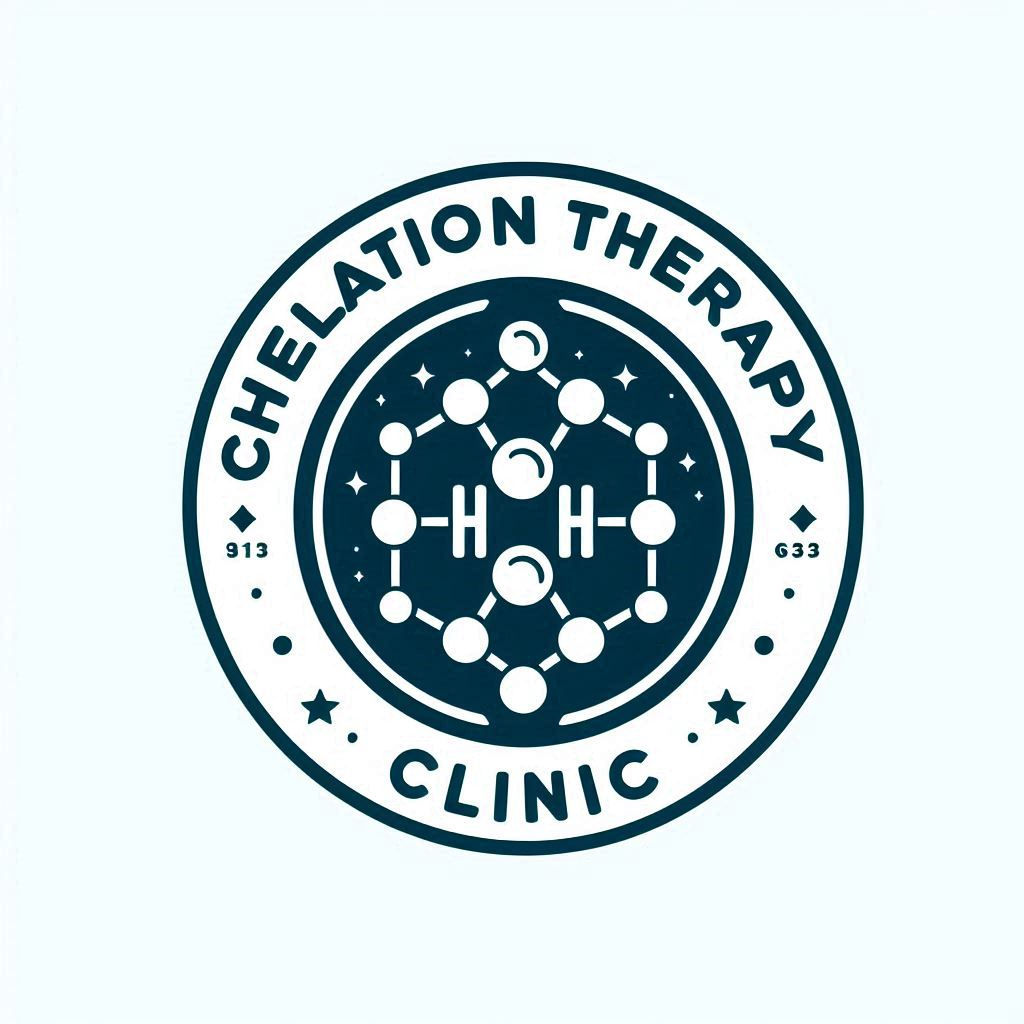Your cart is currently empty!
What is Chelation Treatment
Chelation treatment is a medical procedure designed to address issues related to heavy metal toxicity by administering chelating agents—substances with a high affinity for metal ions. The primary goal is to remove toxic metals from the body, which may have accumulated through environmental exposure, occupational hazards, or other sources. Chelation therapy is often utilized in cases of heavy metal poisoning and certain medical conditions associated with metal imbalances.
Key Aspects of Chelation Treatment:
- Chelating Agents: Chelation treatment employs specific chelating agents, such as ethylenediaminetetraacetic acid (EDTA), dimercaptosuccinic acid (DMSA), and dimercaprol. These agents form stable complexes with metal ions, facilitating their excretion from the body.
- Heavy Metal Removal: The primary focus of chelation treatment is the removal of toxic heavy metals, including lead, mercury, arsenic, and cadmium. These metals can have detrimental effects on various organ systems and may lead to chronic health issues if not addressed.
- Administration Routes: Chelation therapy can be administered through different routes, including intravenous (IV) infusions, oral supplements, or topical applications, depending on the specific chelating agent used and the medical condition being treated.
- Medical Conditions Treated: Chelation treatment is commonly employed for conditions such as lead poisoning, mercury toxicity, and iron overload disorders like hemochromatosis. It is also explored in certain cardiovascular conditions due to its potential role in reducing arterial plaques.
- Cardiovascular Applications: In some cases, chelation therapy is considered as an adjunctive treatment for cardiovascular diseases. It is theorized that the removal of heavy metals could positively impact vascular health, although scientific consensus on its efficacy for this purpose is still evolving.
- Detoxification Process: The chelating agent binds to the metal ions in the bloodstream, forming a stable complex that is then excreted through urine. This process aids in reducing the overall body burden of toxic metals.
- Clinical Supervision: Chelation therapy should only be administered under the supervision of qualified healthcare professionals. Monitoring is crucial to ensure proper dosing, address potential side effects, and assess the overall effectiveness of the treatment.
- Potential Side Effects: While generally considered safe when administered by professionals, chelation therapy may have side effects, including temporary fluctuations in mineral levels, allergic reactions, or, in rare cases, kidney damage.
Chelation treatment stands as a specialized medical intervention aimed at mitigating the harmful effects of heavy metal toxicity, showcasing its significance in both environmental and clinical contexts.
